Compliance Checklist for Entertainment Benefit Audits

The world of benefit plan audits in the entertainment industry can be intimidating, but it doesn't have to be. No matter your role in the industry, understanding the complexities of collective bargaining agreements and union contracts is imperative. This comprehensive checklist aims to provide a detailed guide to ensure compliance and streamline the process of benefit plan audits.
Understanding the Importance of Benefit Plan Audits
Benefit plan audits are not just a contractual requirement; they are crucial for ensuring that the benefits promised to employees are being accurately administered and funded. This is particularly important in the entertainment industry, where unions such as SAG-AFTRA, DGA, WGA, and IATSE have specific requirements that must be adhered to.
Regulatory Compliance
Ensuring compliance with various regulations is paramount. This includes adhering to the guidelines set forth by the Motion Picture Industry Pension & Health Plans (MPIPHP), the International Alliance of Theatrical Stage Employees (IATSE), and other guilds. Non-compliance can result in hefty fines and legal complications, which can be detrimental to both major studios and independent productions.
Financial Integrity
A thorough review ensures the financial integrity of the benefit plans. It verifies that the contributions are being accurately reported and that the funds are being managed prudently. This is essential for maintaining the trust of union members and for the overall financial health of the organization.
Pre-Audit Preparation
Preparation is key to a successful benefit plan audit. This involves gathering all necessary documentation and ensuring that all records are up to date.
Documentation Gathering
- Collective Bargaining Agreements (CBAs): Ensure that you have the latest versions of all relevant CBAs, including those from SAG-AFTRA, DGA, WGA, and IATSE.
- Payroll Records: Compile detailed payroll records, including timesheets, pay stubs, payment summaries, and earnings reports.
- Contribution Reports: Gather all reports related to contributions made to the benefit plans.
- Employee Information: Ensure that you have accurate records of employee information, including hire dates, termination dates, and job classifications.
Internal Review
Conduct an internal review of your records to identify any discrepancies or areas of concern. This can help you address potential issues before the audit begins, making the process smoother and more efficient.
Audit Process
The audit process itself involves several steps, each of which is critical to ensuring a thorough review.
Initial Notice
The audit process usually begins with a notice of intent to audit. The notice of intent to audit is a formal communication from auditors indicating their intention to conduct an audit. It typically outlines the scope of the audit, the timeline, and any specific documentation or information that will be required from the organization being audited.
To prepare for the notice of intent to audit, you should:
- Review the Notice: Carefully read the notice to understand the scope and requirements of the audit.
- Gather Documentation: Start collecting all necessary documents mentioned in the notice, such as payroll records, contribution reports, and collective bargaining agreements.
- Internal Communication: Inform relevant team members about the upcoming audit and their roles in the process.
- Conduct a Pre-Audit Review: Perform an internal review of your records to identify and rectify any discrepancies before the auditors arrive.
- Designate a Point of Contact: Assign a person or team to liaise with the auditors during the audit process to ensure smooth communication.
Document and Data Review
During this phase of the audit, the benefit fund auditors will audit the payroll documents requested, including any payroll reports provided by the payroll service provider. Durning this phase, the auditors may do any or all of the following:
- Review Payroll Records: Review of all relevant payroll documents, including timesheets, pay stubs, payment summaries, and earnings reports.
- Verify Employee Information: Check that all employee details, such as hire dates, termination dates, and job classifications, are accurate. This helps in confirming that the right individuals are being compensated correctly.
- Cross-Reference with Contribution Reports: Compare payroll records with contribution reports to ensure that all contributions to benefit plans are accurately reported.
- Sample Testing: Conduct sample testing by selecting a random sample of payroll records to verify their accuracy. This can include checking hours worked against timesheets and ensuring that pay rates align with collective bargaining agreements.
- Identify Discrepancies: Document any discrepancies found during the review process. This could include overpayments, underpayments, or misclassifications of employees.
Preparation for Payroll Document Review
As the production being audited, you can prepare for the audit which will help both you and the auditor have a seamless process.
- Organize Documentation: Ensure that all payroll records are organized and easily accessible. This can be done by creating a centralized folder or database for all payroll-related documents.
- Conduct Pre-Audit Reviews: Before the audit begins, conduct internal reviews of payroll records to identify and rectify any discrepancies. This proactive approach can help streamline the audit process.
- Train Staff: Provide training for staff involved in payroll processing to ensure they understand the importance of accurate record-keeping and compliance with union agreements.
- Stay Updated: Keep abreast of any changes in regulations or union agreements that may affect payroll processing and benefit contributions.
Draft Report
Auditors will likely provide a draft report after an initial review as an overview of the auditors' findings and observations before the final report is issued. It allows the production to review the findings, clarify any misunderstandings, and address any discrepancies noted by the auditors.
When a draft report is received, the following steps should be taken:
- Review the Findings: Carefully read through the draft report to understand the auditors' observations and any areas of concern.
- Clarify Issues: If there are any points that are unclear or seem inaccurate, reach out to the auditors for clarification.
- Gather Additional Information: If necessary, collect any additional documentation or evidence that may support your position or address the auditors' concerns.
- Prepare a Response: Draft a management response that outlines how you plan to address the issues raised in the draft report. This response should include specific actions and timelines for resolution.
- Communicate with Stakeholders: Inform relevant team members and stakeholders about the findings and the planned response to ensure everyone is aligned.
- Follow Up: After submitting your response, maintain communication with the auditors to ensure that all concerns are adequately addressed before the final report is issued.
Final Audit Report
Once the initial review is completed, there are several post-draft report activities that need to be undertaken.
Final Audit Report Process
- Review of Findings: Once the auditors complete their review, they will compile their findings into a final audit report. This report will detail any discrepancies, compliance issues, and recommendations for improvement.
- Distribution: The final audit report is usually distributed to key stakeholders within the organization, including management, finance teams, and relevant department heads.
- Production Response: Organizations are typically required to provide a response to the audit report. This response should outline the steps that will be taken to address any issues or pay the total sum due as a result of the audit.
Audit Costs
The final audit report costs can include several components that organizations need to be aware of:
- Unpaid Contributions: This refers to any contributions that were not made to the benefit plans as required by the collective bargaining agreements. Organizations must calculate the total amount of unpaid contributions to ensure that all employees receive the benefits they are entitled to.
- Penalties: If the audit reveals non-compliance with union agreements or regulatory requirements, organizations may face penalties. These can vary based on the severity of the non-compliance and the specific regulations involved.
- Liquidated Damages: In some cases, contracts may stipulate liquidated damages for failure to make timely contributions. This is a predetermined amount that the organization agrees to pay if they fail to meet their obligations.
- Interest: Organizations may also be required to pay interest on any unpaid contributions. This interest typically accrues from the date the contributions were due until they are paid in full.
- Payment Requirements: Once the final audit report is issued, organizations are generally required to make payments for any identified unpaid contributions, penalties, liquidated damages, and interest. It is crucial to address these financial obligations promptly to avoid further complications and ensure compliance with union agreements.
Follow-Up
A follow-up review may be conducted to ensure that the issues identified in the audit report have been addressed and that the necessary improvements have been made.
Key Considerations
All productions, whether independent or with a major studio will face an audit of some kind. Productions being audited can prepare for audits by implementing several strategies to ensure compliance during production and by engaging an audit support service.
- Stay Compliant During Production:
- Regular Training: Provide ongoing training for staff on compliance with collective bargaining agreements and relevant regulations. This ensures that everyone involved understands their responsibilities and the importance of accurate record-keeping.
- Documentation Practices: Establish robust documentation practices from the outset. This includes maintaining accurate payroll records, contribution reports, and employee information. Regularly update these records to reflect any changes.
- Internal Audits: Conduct periodic internal audits to identify and rectify discrepancies before the official audit. This proactive approach can help mitigate issues that may arise during the formal audit process.
- Engage an Audit Support Service:
- Expert Guidance: An audit support service can provide expert guidance on compliance requirements and help navigate the complexities of the audit process. They can assist in understanding the specific needs of the audit and ensure that all necessary documentation is prepared.
- Streamlined Communication: These services can facilitate communication between the production team and auditors, ensuring that all parties are aligned and that any questions or concerns are addressed promptly.
- Post-Audit Support: After the audit, an audit support service can help organizations respond to findings, implement necessary changes, and ensure that compliance is maintained moving forward.
Benefit plan audits are a critical aspect of managing payroll and labor relations in the entertainment industry. By following this comprehensive checklist, you can ensure compliance, maintain financial integrity, and streamline the audit process. Understanding the intricacies of benefit plan audits is essential for success in this complex and dynamic industry. By adhering to these guidelines, you can navigate the complexities of benefit plan audits with confidence and ensure that your organization remains compliant and financially sound.









